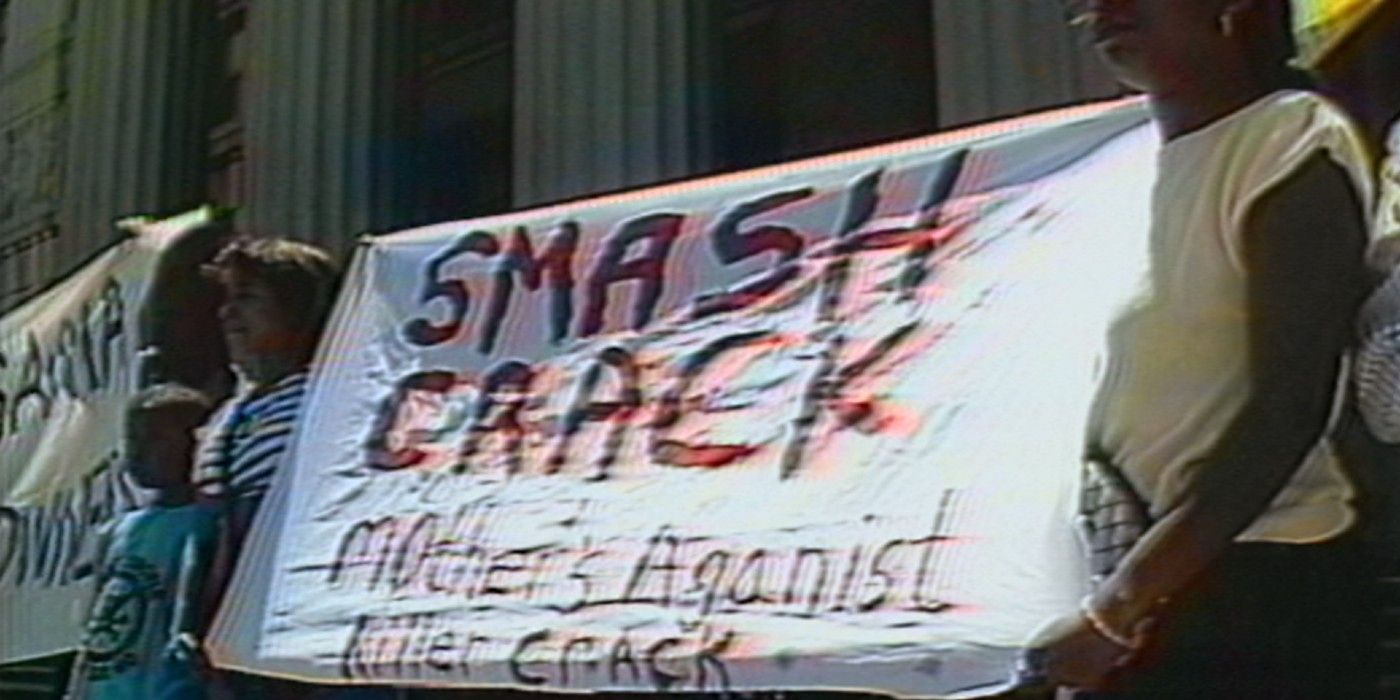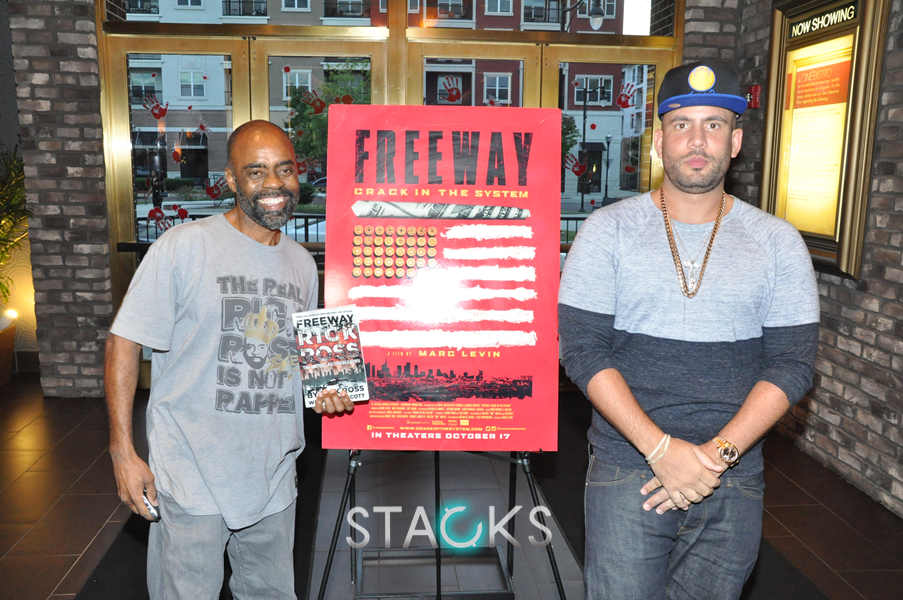


He began spending time with an upholstery teacher at a Los Angeles community college who revealed he dealt cocaine and offered Ross a small amount to sell. Ross began selling cocaine after his illiteracy prevented him from earning a tennis scholarship for college. Charges were ultimately dropped, and Ross explained he had earned the cash from book sales and speaking fees. Ross later alleged that he had been racially profiled and stated that he was carrying a large amount of cash for the purchase of a home. Ross was arrested in October 2015 on suspicion of possessing cash related to the sales of illegal drugs when police discovered $100,000 in his possession during a traffic stop. He was released from Federal Correctional Institution, Texarkana on September 29, 2009. Ross's case was brought to a federal court of appeals which found that the three-strikes law had been erroneously applied and reduced his sentence to 20 years. He eventually discovered a legal loophole that would lead to his release. Having learned to read at the age of 28, during his first stint in prison, Ross spent much of his time behind bars studying the law.
#FREEWAY CRACK IN THE SYSTEM DOCUMENTARY SERIES#
Later that year, a series of articles by journalist Gary Webb in the San Jose Mercury News revealed a connection between one of Ross's cocaine sources, Danilo Blandón, and the CIA as part of the Iran–Contra affair. In 1996, Ross was sentenced to life imprisonment under the three-strikes law after being convicted for purchasing more than 100 kilograms of cocaine from a federal agent in a sting operation. During the height of his drug dealing, Ross was said to have sold "$3 million in one day." According to the Oakland Tribune, "In the course of his rise, prosecutors estimate that Ross exported several tons of cocaine to New York, Ohio, Pennsylvania and elsewhere, and made more than $500 million between 19." According to an October 2013 Esquire magazine article, "Between 19, federal prosecutors estimated, Ross bought and resold several metric tons of cocaine," with Ross' gross revenue claimed to be more than $900 million (equivalent to $2.7 billion in 2021) and profits of almost $300 million ($990 million in 2021). The nickname Freeway came from Ross owning properties along Los Angeles' Interstate 110, also known as the Harbor Freeway. Ross has said that when he first saw crack cocaine as a teenager in 1979, he did not immediately believe it was a drug because it looked different from other drugs he had seen. He played for the tennis team but was unable to get a college scholarship because he was illiterate. Ross attended school at Susan Miller Dorsey High School in Los Angeles.


 0 kommentar(er)
0 kommentar(er)
